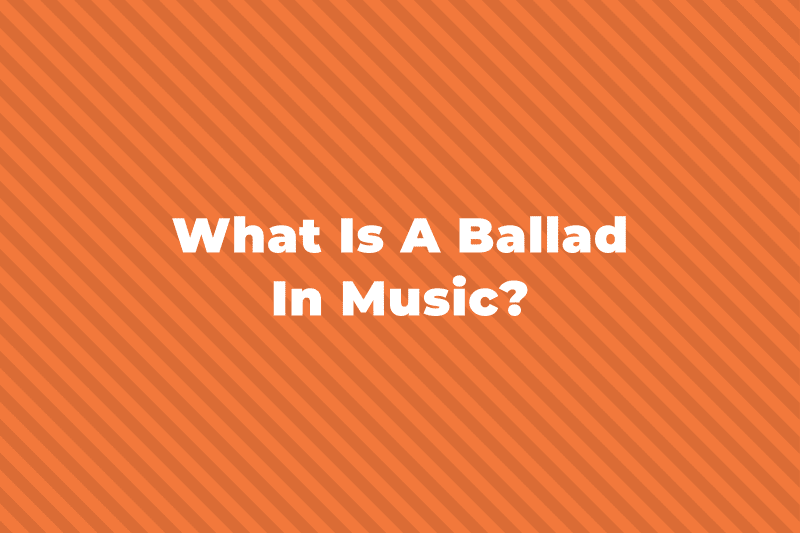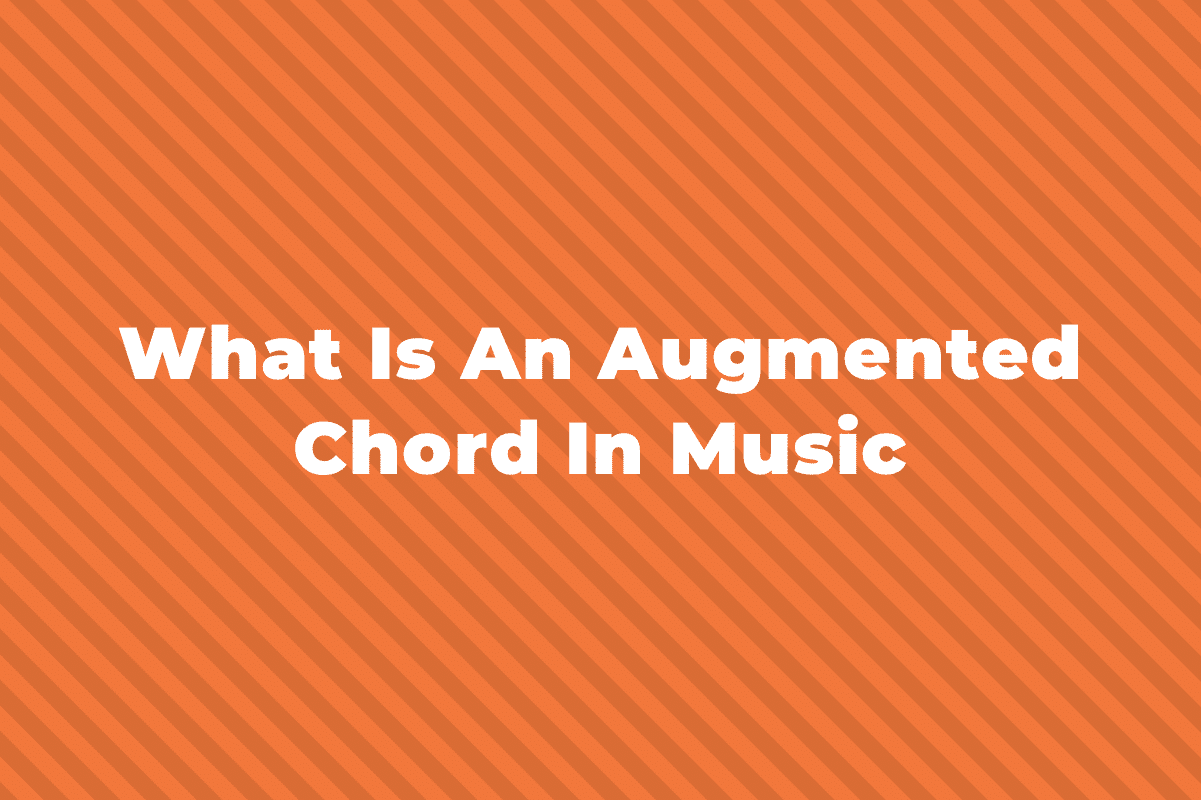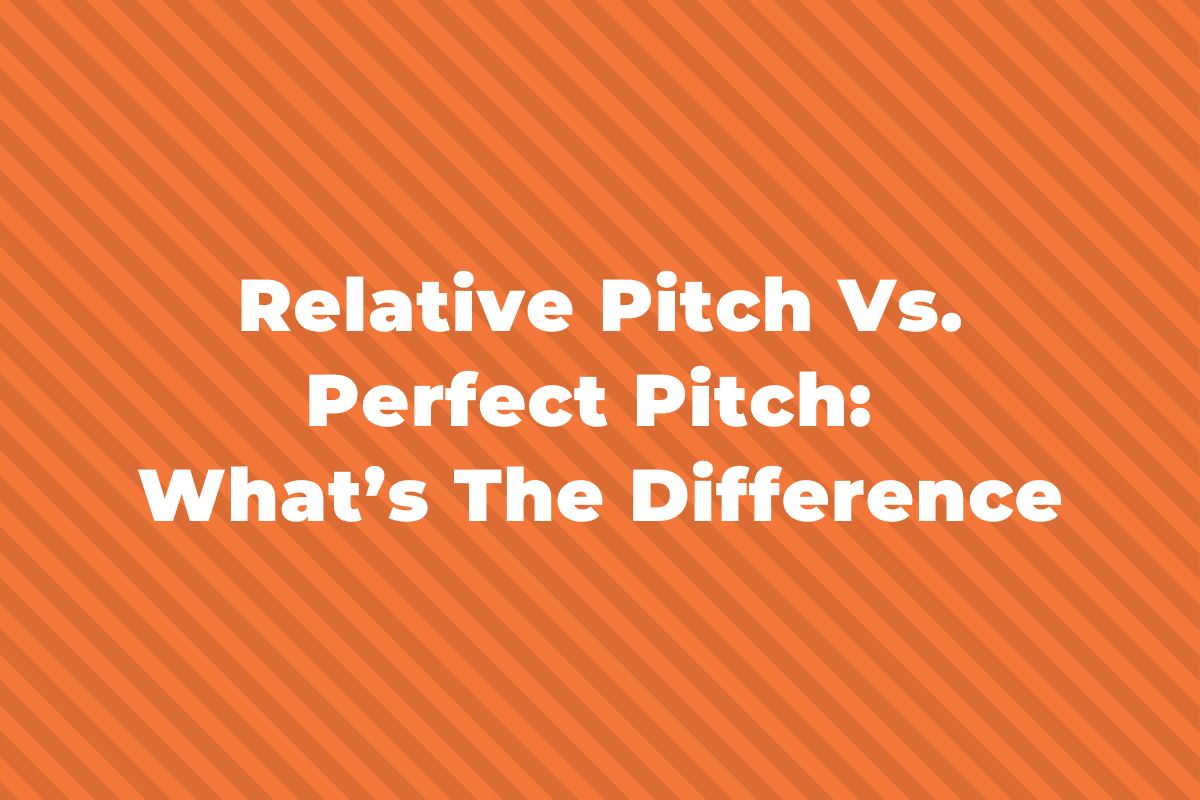In music, to describe the volume of a passage we don’t use words like quiet or loud but instead use musical directions called dynamics. Dynamics are italian words or symbols that indicate to the musician how to play.
In this post, we’ll cover all the musical terms for soft so you’ll know what to do when you see them in a score.

Get Our Dynamics Cheat Sheet
Learning about dynamics? Sign up for our newsletter and get our dynamics cheat sheet completely free.
DOWNLOAD PDFThe Definition of Quiet in Music Terms
The musical term for playing quietly or softly is called piano.e
It’s actually where we get the name of the instrument, the piano.
It was originally called the ‘pianoforte’ because it could play both quietly and loudly (forte is the musical term for loud).
It’s pronounced slightly differently though: ‘pi-ah-no’.
When reading a piece of music you’ll probably see it written as a capital letter P underneath the staff.

What About Very Quiet?
A piece of music isn’t just loud or soft, though.
It’s a big range of different volumes and sometimes a composer will want a passage to be played very quietly or even very, very quietly.
To notate this we add the suffix issimo to piano, which gives us pianissimo (pp), which means very quiet.

You don’t have to stop there, though. You can keep on adding Ps to get very, very soft pianississimo (ppp) and very, very, very soft pianissississimo (pppp).


The Musical Term for Moderately Quiet
Sometimes, you’ll see the letters mp, which stands for mezzo piano.
Mezzo is an Italian word for moderately, so we use this symbol to indicate to the musician to play moderately quietly.

Chart of Soft Dynamics
To help visualize the order of soft dynamics, there’s a table below with them arranged in order of loudest at the top, to the quietest at the bottom.
| Soft Dynamics Chart | ||
|---|---|---|
| In Italian | Symbol | Definition |
| mezzo piano |  | moderately soft |
| piano |  | soft |
| pianissimo |  | very soft |
| pianississimo |  | very, very soft |
| pianissississimo |  | very, very, very soft |
I hope that helps make a bit more sense of soft dynamics.

Get Our Dynamics Cheat Sheet
Learning about dynamics? Sign up for our newsletter and get our dynamics cheat sheet completely free.
DOWNLOAD PDF


